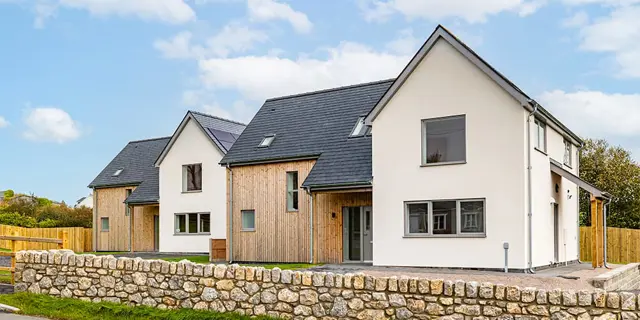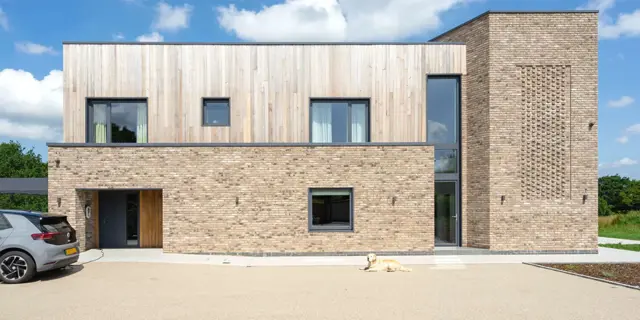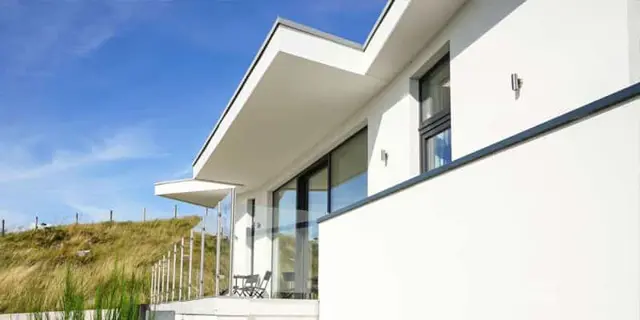What is required in a PassivHaus window?
The selection of windows in a Passive House is a critical decision that profoundly impacts the overall efficiency of the building. This choice is pivotal in minimizing heat loss and maximizing heat gain through solar irradiation. Referred to as highly thermally insulating energy-saving windows, these technological marvels, typically triple-glazed, achieve impressive U values of up to 0.5 W/m2K and g values (overall energy transmission factors) of up to 62%, depending on coatings and gas fillings.
The Importance of Window Components:
Beyond the glazing, the insulation of the window frame, thermal bridges at the glass edge, and the connecting area between the window and the wall are also crucial considerations. Spacers, often made of aluminium, form thermal bridges, while Passive House standard windows incorporate specially designed thermally insulating window frames that reduce losses at the glass edge. Stainless steel spacers can further enhance efficiency at the glass edge.
Passive House certified components employ completely thermally optimized systems, such as ISO spacers. Drawing inspiration from developments in the automobile industry, all glass panes are glued to enhance structural stability.

Essential Principles for Constructing Passive House Windows:
-
Highly Thermally Insulating Glazing: Achieving optimal energy efficiency requires highly thermally insulating glazing that minimizes heat loss.
-
Highly Thermally Insulating Frame: The window frame must also exhibit high thermal insulation properties to contribute to overall energy efficiency.
-
Thermally Optimized Composite Edge: Attention to the composite edge, including the use of specialized spacers, is vital in reducing thermal losses at the glass edge.
-
Expert Installation, Thermally Optimized: The installation process is critical to ensure that all components work together seamlessly to optimize thermal performance.
Passive House - A Sustainable Investment:
A Passive House offers consistent and comfortable temperatures year-round without relying on conventional heating or air conditioning systems. Leveraging solar irradiation and utilizing heat from appliances and occupants, a Passive House achieves remarkable energy efficiency. The necessary heating energy for a Passive House is a mere 10% of that required for a conventional house.
Optimized Energy Demand:
Careful optimization of energy demands in a Passive House can result in an annual heating demand of no more than 15 kWh/m2a. The overall energy demand, including warm water and household electricity, is less than 120 kWh/m2a. The heating load for a Passive House is a mere 10 W/m2, equivalent to only 300 Watts for a 30 m2 room. To put it into perspective, the heating power of a tea candle is 30 watts. Adherence to Passive House standards means that 10 tea candles are sufficient to heat a 30 m2 space in a Passive House.
Incredible Efficiency, Extraordinary Savings:
The efficiency achieved in generating and utilizing energy in a Passive House translates into extraordinary savings and a significant reduction in the carbon footprint. These principles, rooted in minimizing thermal loss and optimizing thermal gain, are worth exploring even for those not pursuing full Passive House certification. Whether designing a new home or retrofitting an existing one, the lessons from Passive House construction can pave the way for a more sustainable and energy-efficient future.


